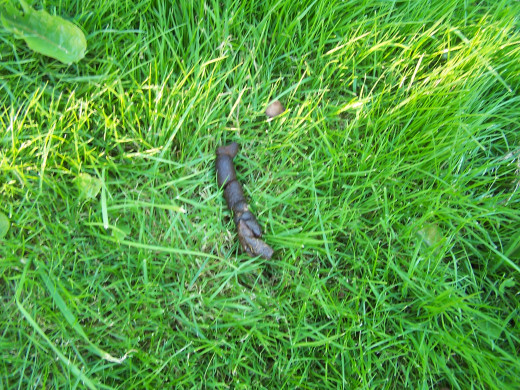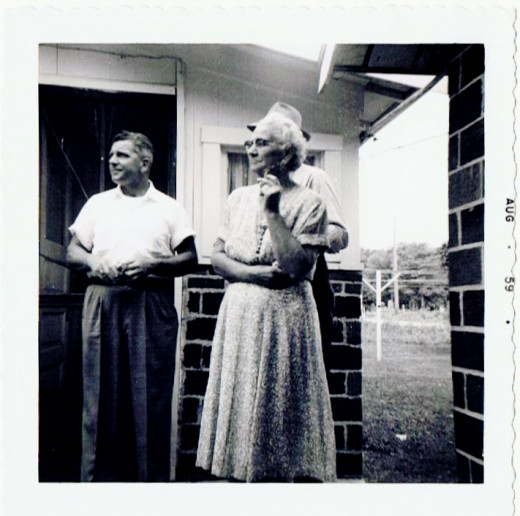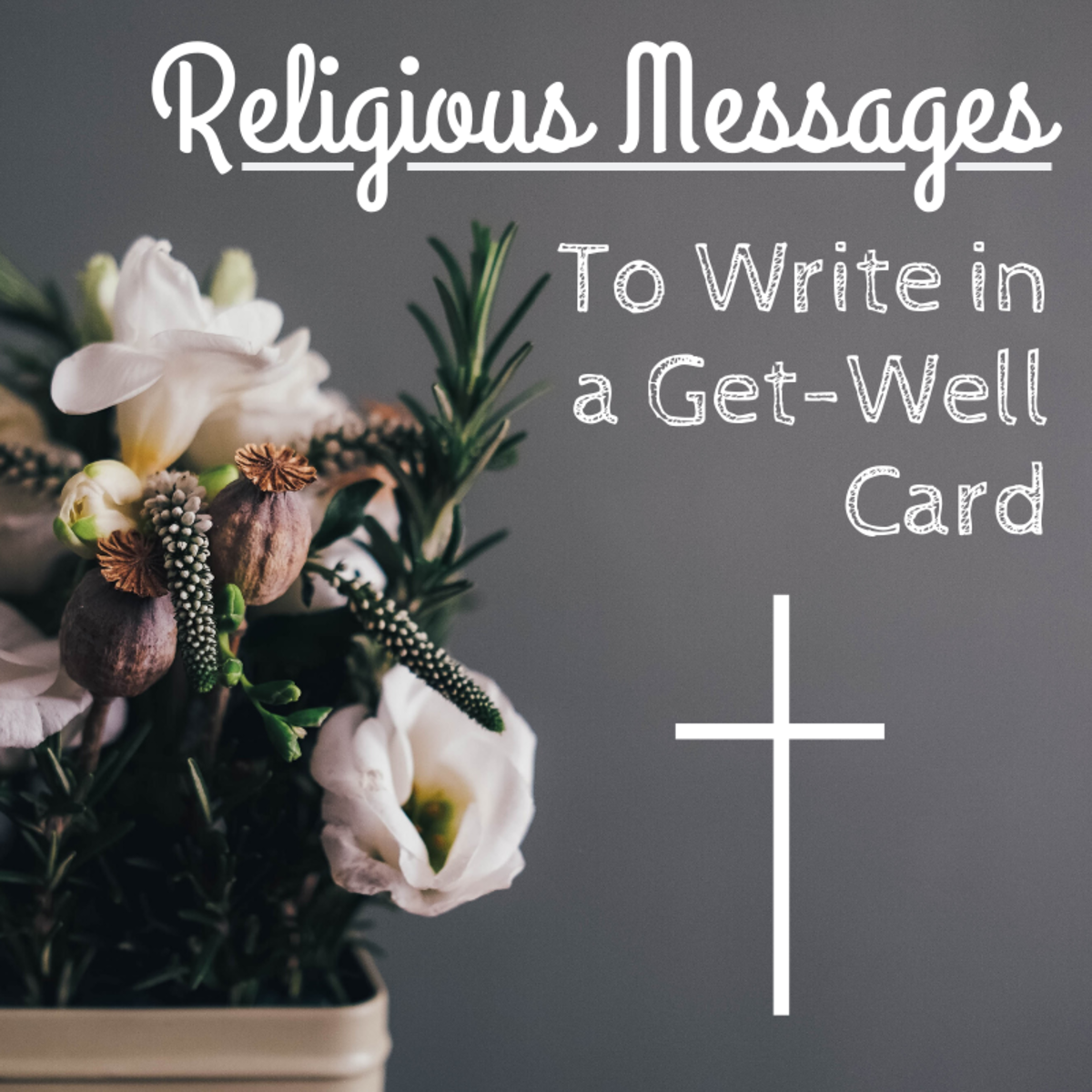Writing 101: How to Write a Dynamic First Paragraph
This Begins with a Question
From time to time I’ll receive a question in the Writer’s Mailbag that really deserves a more detailed response than I can give in the Mailbag. This is one of those times.
From Linda: “Perhaps this will find its way into your Monday writer's mailbox. How does one create the perfect first paragraph, or perhaps even the perfect first sentence in a novel. You need to grab your reader's attention at the very start.
Perhaps I have a short attention span, but I know that if I'm not hooked by the end of page 1 I give up and go on to another book. Life is too short to spend time reading something that doesn't rev your engine. “
Linda, your wish is my command!

The Ten Second Rule
Linda is absolutely correct in her statement that “life is too short to spend time reading something that doesn’t rev your engine.” I suspect most readers feel the same. I call it the Ten Second Rule.
If a writer does not capture the attention of his/her readers in the first ten seconds, chances are those readers will go elsewhere. You know this to be true. Simply look at your own habits when choosing a book to read. You either read the summation on the jacket flap, or you open to page one and read the first couple of paragraphs. When you’ve done either of those two things, you make a decision whether to read that book or put it back on the shelf.
So to say that the first paragraph is important would be a gross understatement.
I was reading my daily allotment of articles on HubPages the other day, and I came across an article on how to make meatloaf. The article began with this sentence:
“This article will explain how to make a delicious meatloaf.”
Well duh!
I’m told that in the title. Why did I need to read it again in the first sentence? Now I’m sure most of you are laughing right now, but I’m also sure that most of you read articles with introductions like that one almost daily.
It would be kinder if the author simply gave me some valium and let me sleep peacefully.
Which brings us to Linda’s question: how do we create the perfect first paragraph?
A Few Suggestions
Creative writing should be….well….creative. It should not be tranquilizing.
I’m going to toss a few suggestions at you and hopefully you’ll read something that helps when you start with your next essay/short story/ novel.
The first thing I want you to consider is that almost all of us share the five senses of sight, hearing, touch, taste, and smell. Use that fact to your advantage. Call on commonalities we all share to capture the attention of your readers. In the example I mentioned earlier about a meatloaf article, I would have started by describing the smell of meatloaf as it bakes in the oven, or the heavenly taste of it as it rests on your tongue. Describe walking into the kitchen while the meatloaf is baking. If you do it properly, your readers will be able to experience it without being there and when that happens, you’ve got a winner.

The Shock Treatment
My recently-published novel, “Resurrecting Tobias,” begins with this line:
“I once witnessed a stoning.”
I then go on, in the first three paragraphs, to describe the horrific scene my main character witnessed when he was a reporter in the Middle East.
I call that the Shock Treatment.
I wanted an introduction that grabbed my readers by their throats and would not let them go, and I think I succeeded. Just in case the first sentence didn’t do that, my main character followed up with this paragraph:
. “I was in Iran covering a political story and had just left the Shah’s palace. On my way to the hotel, I noticed a crowd forming in the public square. A woman, dressed in traditional Islamic hijab, was buried to her shoulders, and ten men stood about twenty feet away throwing stones at her. The stones were about the size of a football, or maybe slightly smaller, all with sharp edges. The woman had several cuts on her face by the time I arrived, and the pain was obvious, but she did not cry out. Stone after stone hit her head, and the cuts increased, and as time passed, her skull appeared, and then brain-matter, and her blood flowed down to the dust, turning it red under the scorching sun.”
The Shock Treatment!

Thanks for the Memories
Remember when I mentioned earlier that we all share commonalities? Keep that in mind as you prepare to write an introduction. Is there a memory from your childhood that you can tell that will lead into your article? Is there a humorous event in your life that relates to the subject matter that you can share with your readers?
I truly believe that we are all unique, but I also believe we have experienced many of the same things. Writers should strive to call upon those shared experiences. Form a bond with your readers. Hit them on an emotional level that they can relate to. Once that bond is formed, I guarantee they will continue to read whatever it is you are writing.
Related to the Subject Matter but Slightly Removed
Now there is a confusing subtitle if I’ve ever seen one.
When I was teaching my students in creative writing classes, I would always tell them to find a way to introduce a topic without mentioning the topic. Let me give you an example to help you understand.
If I was going to write an essay on the horrors of war, what I definitely would not do is start off by telling you what the essay is about. I most likely wouldn’t start out with statistics or other facts because, quite frankly, statistics are usually boring. I would, though, start off something like this:
“Kinetic energy it is, a nice, tidy little name for a whole bunch of hurt. Take the bullet’s weight, factor in velocity, and toss in a pinch of gravitational trajectory, and we have some serious damage. As the bullet enters the human body, laceration and crushing wounds occur. Tissue and bone are punctured, anything in its path is crushed or pushed aside, and a cavity is formed, possibly thirty times wider than the bullet size. In less than a second after the bullet has entered, the cavity closes, but by then the damage to tissue, organs, and bones has been done, and we aren’t even talking about the shock waves that follow.
A 240-grain bullet (0.016 kg) travels 1,180 feet per second.
And then hits a body.”
Do you see how nicely that works as an attention-getter? Much better than statistics, don’t you think?
Join me on my writing blog
- William Holland | Helping Writers to Spread Their Wings and Fly
Tips, suggestions, and ideas for writers of any genre
That’s the End of Today’s Lesson
What do all of these suggestions have in common?
Well, first of all, they are not boring. Secondly, they succeed in grabbing the attention of the readers, thus satisfying the Ten Second Rule.
Is this difficult to do? I’m not sure I would describe it as difficult, but it does take some work and practice, and it also takes a desire to rise to a new level in your writing. Writing is a craft, and like all crafts, it requires that hours be spent on improving.
I hope you found this helpful, and I look forward to seeing the results in your articles in the future.
2014 William D. Holland (aka billybuc)
“Helping writers to spread their wings and fly.”









